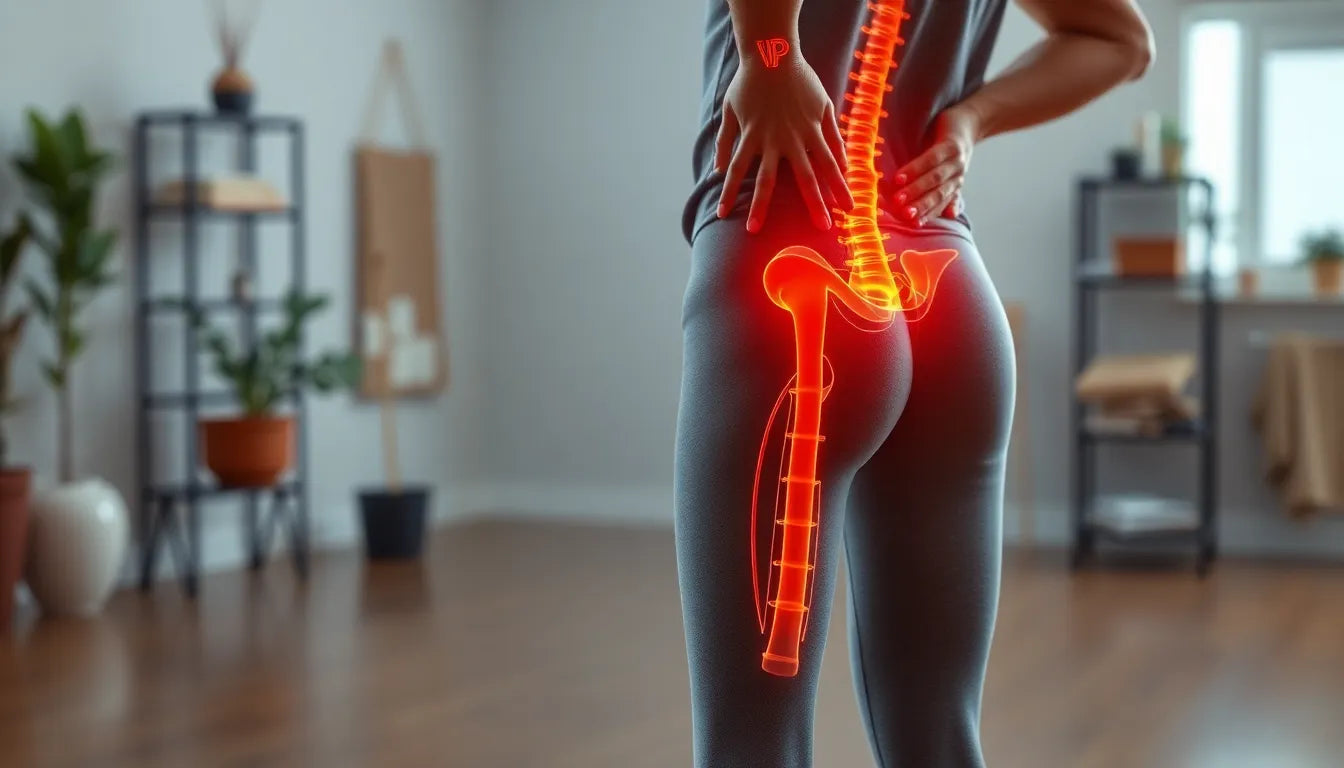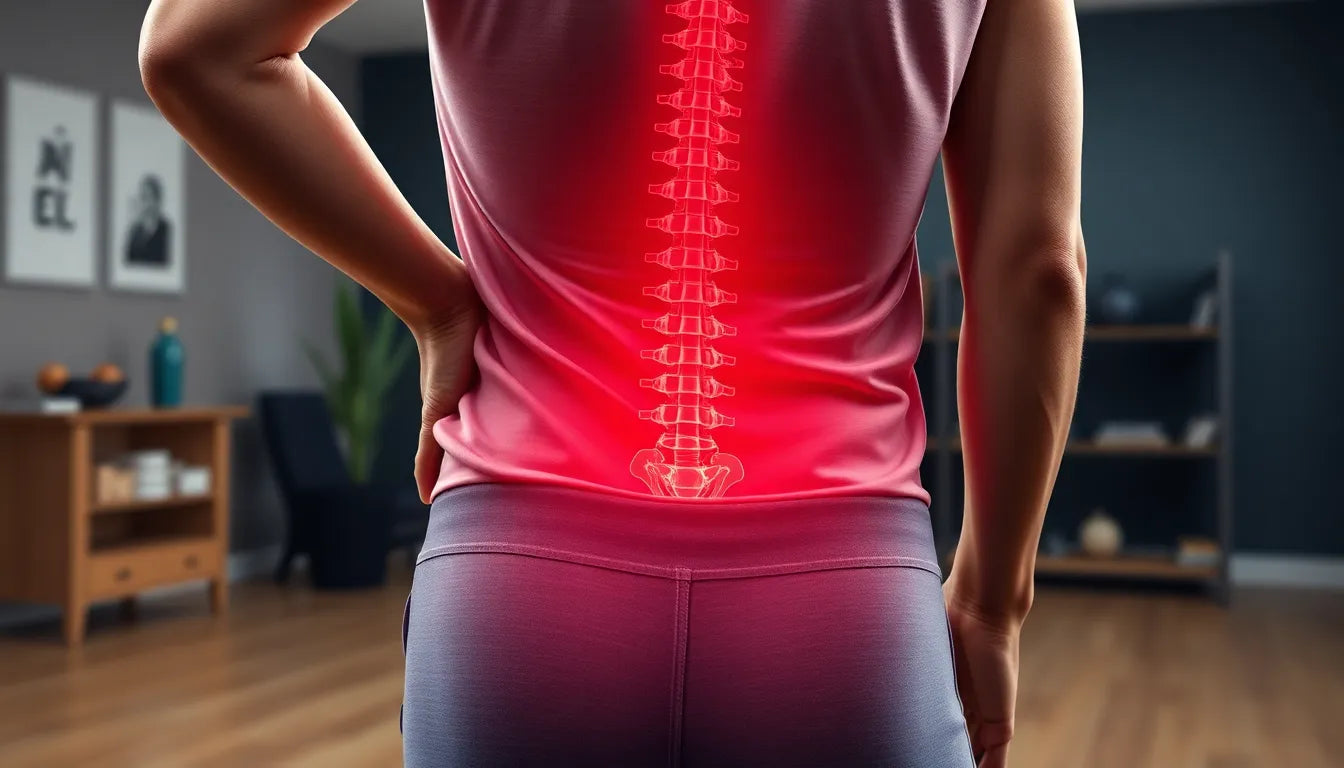In today's fast-paced world, the importance of an ergonomic office chair cannot be overstated. As remote work becomes more common and workdays often extend beyond traditional hours, the need for seating that combines comfort and health benefits has never been greater. Ergonomic office chairs are designed to address these needs, providing a dual focus on enhancing user comfort and promoting overall health.
the shift from traditional to ergonomic seating
The evolution from traditional office seating to ergonomic solutions is driven by a growing awareness of musculoskeletal health. Traditional chairs often lack the necessary support, leading to discomfort and potential health issues over time. In contrast, ergonomic chairs are engineered to support the body's natural posture, reducing strain and promoting a healthier sitting experience. This shift reflects a broader trend towards adaptive ergonomics, where movement and adjustability are prioritized to accommodate different body types and work habits.
the promise of ergonomic office chairs
Ergonomic office chairs promise to transform the workspace experience by offering immediate comfort and long-term health benefits. These chairs are equipped with features like lumbar support, adjustable seat height, and flexible armrests, all designed to align with the body's natural curves and movements. This not only helps in reducing neck and back pain but also enhances overall comfort, making long hours at the desk more bearable. Furthermore, by promoting micromovement through adjustable components, ergonomic chairs help reduce discomfort and the risk of lower back pain associated with prolonged sitting.
As we continue to adapt to new work environments, the demand for ergonomic office chairs is set to rise. These chairs not only cater to the physical needs of users but also contribute to increased productivity and well-being. By investing in an ergonomic office chair, you're not just buying a piece of furniture; you're investing in your health and productivity, making it an essential component of any modern workspace.
health benefits of an ergonomic office chair
One of the most significant advantages of an ergonomic office chair is its ability to support spinal health and improve posture. These chairs are specifically designed with features such as lumbar support and seat pan tilt, which encourage a neutral spine and pelvic position. This design helps to alleviate the common neck and back pain associated with prolonged sitting. Adjustable headrests and backrests further enhance this benefit by aligning with the body's natural curves, providing tailored support that reduces strain on the neck and back.
Comfort is another critical aspect of ergonomic office chairs. By offering adjustable seat depth and using materials like high-quality foam and breathable mesh, these chairs decrease pressure on the hips and enhance overall user comfort. This thoughtful design is particularly beneficial for individuals who spend long hours seated, as it helps to distribute weight evenly and prevent discomfort that can arise from pressure points.
promoting micromovement for better health
Ergonomic office chairs are not just about maintaining a static position; they also promote micromovement, which is essential for reducing discomfort during extended periods of sitting. Features such as adjustable armrests, tilt mechanisms, and flexible seating positions encourage users to move and adjust their posture throughout the day. This dynamic approach to sitting helps to alleviate the risk of lower back pain and other musculoskeletal issues by keeping the body engaged and active.

37 øvelser samlet i den ultimative øvelsesbog
Fysioterapeut-godkendt E-bog med effektive øvelser for styrke, mobilitet og skadeforebyggelse.
key features to consider in an ergonomic office chair
When selecting an ergonomic office chair, adjustability is a crucial factor to consider. Key features include adjustable seat height, backrest tilt, and multi-directional armrests. Additionally, the ability to adjust seat depth and lumbar support ensures a personalized fit that can accommodate various body types and preferences. These features not only enhance comfort but also contribute to better posture and spinal alignment.
The choice of materials is another important consideration. While foam provides a supportive seating experience, mesh offers increased breathability, making it a popular choice for those who prioritize airflow and temperature regulation. However, both materials can become uncomfortable after prolonged use, highlighting the importance of regular movement and posture changes.
choosing the right chair for different environments
Ergonomic office chairs are available in various styles to suit different environments and user needs. High-back chairs are ideal for individuals who spend extensive hours seated, such as dispatchers or air traffic controllers, as they offer comprehensive support for the upper back and neck. In contrast, mid- and low-back chairs are more suitable for shorter sitting durations or compact spaces, providing essential support without the bulk of a high-back design.
In conclusion, the benefits of an ergonomic office chair extend beyond immediate comfort, offering long-term health advantages by supporting proper posture, promoting movement, and reducing strain on the body. By selecting a chair with the right features and materials, you can create a healthier, more comfortable workspace that enhances productivity and well-being.
embracing adaptive ergonomics in office chairs
The shift from static to adaptive ergonomics in office chairs marks a significant evolution in design philosophy. Traditional ergonomic chairs often focused on achieving a single ‘perfect’ sitting posture. However, recent trends emphasize the importance of movement and versatility. Adaptive ergonomic chairs are designed to facilitate a range of positions, encouraging users to change postures frequently. This approach not only enhances comfort but also aligns with the understanding that no single position is ideal for prolonged periods.
personalization and adjustability in ergonomic chairs
As the demand for personalized seating solutions grows, the industry is responding with more sophisticated adjustable mechanisms. The ability to customize seat height, backrest tilt, lumbar support, and armrest positions is now a standard expectation. These features allow users to tailor their chairs to their unique body shapes and work habits, promoting better posture and reducing the risk of discomfort. With advancements in technology and design, ergonomic office chairs are becoming increasingly adaptable, catering to a wider range of users, including remote workers and gamers.
health-first marketing and buying guidance
The marketing of ergonomic office chairs often highlights their health benefits, supported by scientific research. These benefits include reduced pain, improved comfort, and enhanced productivity. When considering an ergonomic chair purchase, it's crucial to focus on evidence-driven features that align with these benefits. A practical checklist for buyers might include evaluating adjustability, material quality, and specific ergonomic features such as lumbar support and seat depth. Integrating ergonomic chairs into a holistic wellness approach involves not only selecting the right chair but also incorporating regular posture changes and active sitting habits.
frequently asked questions
What are the main health benefits of an ergonomic office chair?
Ergonomic office chairs offer several health benefits, including improved spine support, reduced neck and back pain, and enhanced overall comfort. These chairs are designed with features like lumbar support and adjustable components that align with the body's natural curves, promoting a healthier sitting posture.
How do I choose the right ergonomic chair for my needs?
Choosing the right ergonomic chair involves assessing adjustability, materials, and specific use cases. Look for chairs with adjustable seat height, backrest tilt, and armrests, and consider the materials used, such as foam or mesh, to ensure comfort and support.
Can an ergonomic chair completely eliminate back pain?
While an ergonomic chair can significantly reduce back pain, it may not eliminate it entirely. It's important to combine the use of an ergonomic chair with regular movement and proper workstation setup to achieve the best results.
Are there ergonomic chairs suitable for home offices?
Yes, ergonomic chairs are adaptable to various environments, including home offices. Many models are designed to fit compact spaces while still providing essential support and comfort. Look for chairs that offer adjustability and flexibility to suit your home office setup.
What is the role of materials in ergonomic chair comfort?
The materials used in ergonomic chairs, such as foam and mesh, play a significant role in comfort. Foam provides support and cushioning, while mesh offers breathability and temperature regulation. Both materials have their benefits, so personal preference and intended use should guide your choice.
Kilder
- Simplova. (n.d.). "Ergonomic Chair Benefits." Simplova Blog.
- TrueMed. (n.d.). "Health Benefits of an Ergonomic Chair and Standing Desk." TrueMed Blog.
- Engage for Success. (n.d.). "The Surprising Impact of Office Chairs on Your Productivity." Engage for Success.
- National Center for Biotechnology Information. (n.d.). "Ergonomic Interventions and Their Effects on Health." NCBI.
- WorkHappy. (n.d.). "The Importance of Ergonomic Chairs and Why Second-Hand Can Be a Beneficial Choice." WorkHappy Blog.
- Harlem World Magazine. (n.d.). "Elevating Efficiency: The Impact of Ergonomic Office Chairs on Productivity." Harlem World Magazine.
- Haiken. (n.d.). "4 Valuable Benefits of an Ergonomic Office Space." Haiken Insights.
- Lifestyle Warehouse. (n.d.). "Ergonomic Office Chairs vs. Regular Chairs: Which One is Worth the Cost?" Lifestyle Warehouse Blog.


















